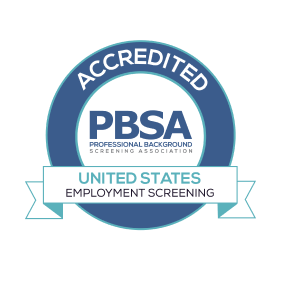Redefining People Strategy in a Post-Pandemic World
Human resources has long been seen as a behind-the-scenes function: critical, but often sidelined. However, the post-pandemic workplace has ignited a shift. HR is no longer just the department of policies and paperwork; it’s emerging as a strategic driver of culture, retention, and growth. Yet many organizations still struggle to bridge the gap between tactical HR and strategic leadership.
How can HR truly earn and sustain a seat at the C-suite table?
According to Danielle Bodalski, founder of Philotimo-HR and this week’s guest on America Back to Work, it starts with a mindset shift.
Moving Beyond the Compliance Box
“HR leaned hard into compliance during the pandemic,” Bodalski says. “But we also proved how vital we are in navigating complexity and change.”
Still, the perception lingers, HR as the enforcer, not the enabler. While some forward-thinking companies now view HR as integral to business strategy, many continue to view it as administrative overhead.
The organizations that are getting it right treat HR like a growth function and not a risk management tool.
“You can feel it in how leaders talk about their people,” she explains. “If they’re saying things like ‘herding cats’ or reducing staff to spreadsheet entries, that’s a red flag.”
The Strategic Playbook for Transformative HR
At its best, HR can spearhead business transformation. Bodalski recalls her experience at IMG Academy, where a shift in their business model demanded a complete reimagining of people operations. By rethinking hiring to better reflect a global audience and designing a company-wide culture plan driven by employee feedback, HR became a core partner in driving growth and engagement.
The key is to start with what the business needs to achieve, then align hiring, culture, and development programs around that goal. And don’t underestimate the impact of small, strategic moves, recognition, inclusion, and communication, which have real ROI.
Spotting Misalignment Early
Frustration is often the first sign HR isn’t aligned with business strategy.
“It’s when your team is passionate about building a great workplace—but the company keeps putting up roadblocks,” Bodalski says.
She emphasizes that misalignment breeds disengagement, turnover, and eventually reputational and legal risk.
One of the most overlooked areas? Offboarding.
“I’ve seen more legal claims arise from a poorly handled termination than almost any other HR function,” she notes. “How you treat someone on the way out says everything about your culture.”
Budgeting for Maximum Impact
Securing a budget for HR can be a challenge, especially when leaders prioritize short-term operational needs. Bodalski’s advice? Start small and focus on what matters most to your people.
“A handwritten thank-you note can go further than a fancy software platform,” she says.
In one case, she facilitated direct recognition from the CEO to an employee, and it had a lasting effect on morale. Ultimately, aligning HR budget to strategy, not trends, is what earns long-term investment and credibility.
Resources to Power Your Strategy
For HR professionals looking to elevate their strategic acumen, Bodalski recommends turning to behavior and engagement research from Gallup, as well as thought leaders like Adam Grant.
“Understanding human behavior is just as important as understanding labor law,” she says.
She also highlights that companies embracing a “triple bottom line”—people, planet, and profit—are often the ones most successful at embedding HR into their strategic fabric.
Turning HR into a Strategic Growth Engine
The future of HR lies in its ability to drive smarter, safer business outcomes through people. As Danielle Bodalski’s perspective makes clear, organizations that treat HR as a strategic function gain a measurable edge.
From aligning talent strategy to business goals to building cultures of engagement and accountability, HR has the power to reduce risk, boost retention, and accelerate growth. Now is the time for leadership teams to lean in because when HR is empowered to lead, the entire organization wins.







